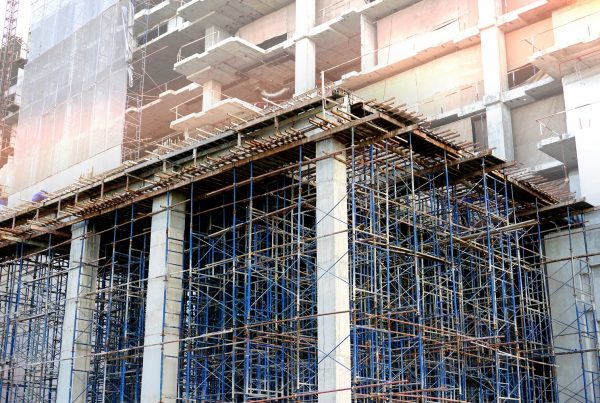Designing disassembly for the long run…It’s time to plan for a modular future
Fail to Design…Design to Fail: I’m offering that one up (free) as a mission statement for any dinosaur developers who might have stumbled into reading this: because there’s nothing so stumpy and poorly designed as a reinforced concrete building, even when it’s been camouflaged with “brick” panelling to make it look like an Edwardian house: and, of course, panelling or no panelling, those dinosaur developers aren’t fooling anyone these days. At best, their concrete monoliths have a shelf life of about thirty years (I’ve got CDs older than that)…and when the monolith finally comes tumbling down in a cloud of dust, virtually nothing will be recycled from the unsightly pile of tangled steel, aggregate and broken blockwork left behind: almost all of it is destined for a landfill site, never to be seen again.
Nothing could be as wasteful and destructive as dinosaur construction… unless, of course, you’re minded to accompany Vladimir Putin on a wild night out. But even Vlad would be hard-pressed to match the environmental toxicity of the unreconstructed dinosaurs: currently the world’s largest sectoral consumer of raw materials and the biggest producer of unrecyclable waste.
So there has to be a better way to build…but wait, now you come to mention it, there is. It’s called Designed Disassembly.
A Better Way to Build
The concept of Designed Disassembly has been gaining ground over recent years: providing, as it does, a practical solution for high rates of resource consumption and helping increase recycling functionality within the construction sector. And it all starts where it ought to, at the beginning: with a better-informed design process…striving to succeed for once in a world where sustainability matters, and breaking out of what has become an all too familiar cycle of failure.
Smart Designs anticipate future changes in a building’s use: gearing up to recover systems, materials and components and ensuring the greater part of the building itself can be recycled once it comes to the end of its natural life, which means far fewer trips to the landfill site, less harmful pollution, and a brighter, more sustainable, future all round. And Modular Buildings exemplify each of those key benefits like nothing else can because their building lifespan is shorter, much more flexible than their concrete cousins, and planned prefabrication of units means eventual removal is much easier to achieve too.
So, in short, if you’re looking to Designed Disassembly as a basis for sustainable development, which we all ought to be, you could do a lot worse than starting with Modular Construction.







Leave a Reply